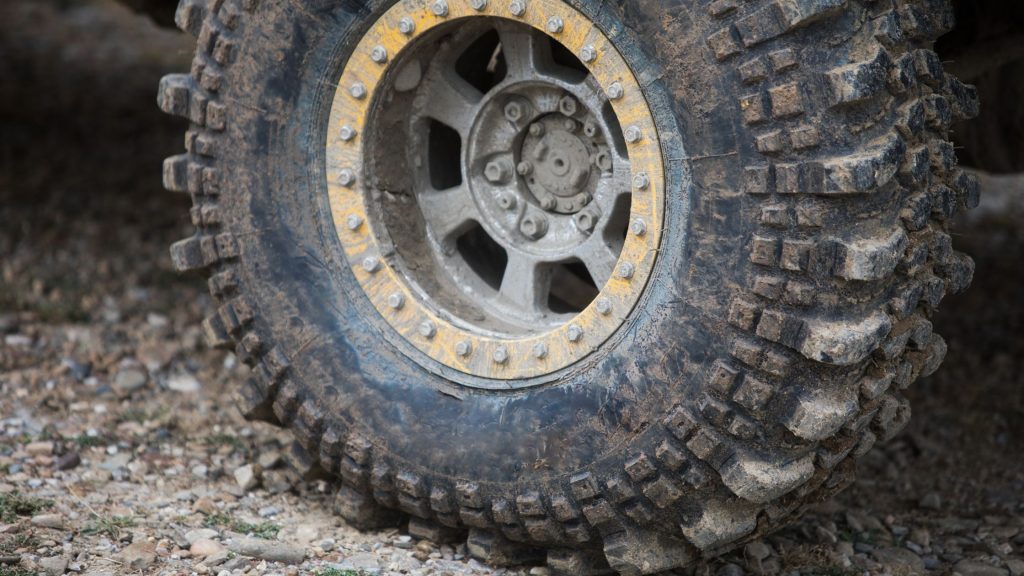As with most parts contained within modern automobiles, constant experimentation and refinement has made its way down to the humble piece of gearing known as the differential.
This experimentation and refinement has led to various types of differentials, each having their own distinct advantages and disadvantages.
In simple terms, allowing wheels mounted on the same axle to spin independently of each other is the concept behind the differential.
This concept is not new – in fact, the earliest known use of this design occurred in China somewhere around the first millennium BC. Chariots, wagons, and carts had the same issues that plagued the automobile – one wheel would drag or slip around corners.
This resulted in damage to roads and increased wear on the wheel.
Once engines capable of powering the wheels instead of dragging them were added, a new problem was discovered.
There was still no way that both wheels could propel a vehicle and yet rotate independently of each other.
Early automakers ignored the problem and chose to power only one wheel on an independent axle.
While this worked fine in theory, they faced numerous traction issues when driven on anything but firm and level ground. They also had very little power.
Over time, and with many refinements, the open differential was developed.
This was the starting point from which all other types of differentials were created.
As driving conditions became more complex and unpredictable, more complicated differential types began to appear.
The differential locker
When it comes to off-road performance products, the differential locker is right at the top of the list. It is a mechanism that replaces or sits inside the differential carrier.
It has only one function – to lock both axle shafts simultaneously to rotate them at precisely the same speed.
The locker divides the power between both wheels equally, unlike an open differential carrier that delivers power to the wheel with the smallest amount of resistance and permits speed variations in the tires as they move through various turn arcs.
An open differential is seldom a concern on-road, simply because the two tires on the axle grip the road tightly.
They can also work okay in light off-road conditions until one of the tires is in the air, on the mud, or some other surface with loose traction.
This is when the open differential will allocate power to whichever tire has the least amount of traction. As soon as this happens, all of your progress gets thrown right out the window.
If you are running with a differential locker, each tire will continue with its forward momentum, regardless of the situation.
You will find your off-road performance enhanced significantly with the use of a differential locker; however, not all are created equally.
You may notice that some of them run like a dream when you are on off-road terrain, but once you are back on the blacktop, some negative quirks make themselves known.
Automatic lockers
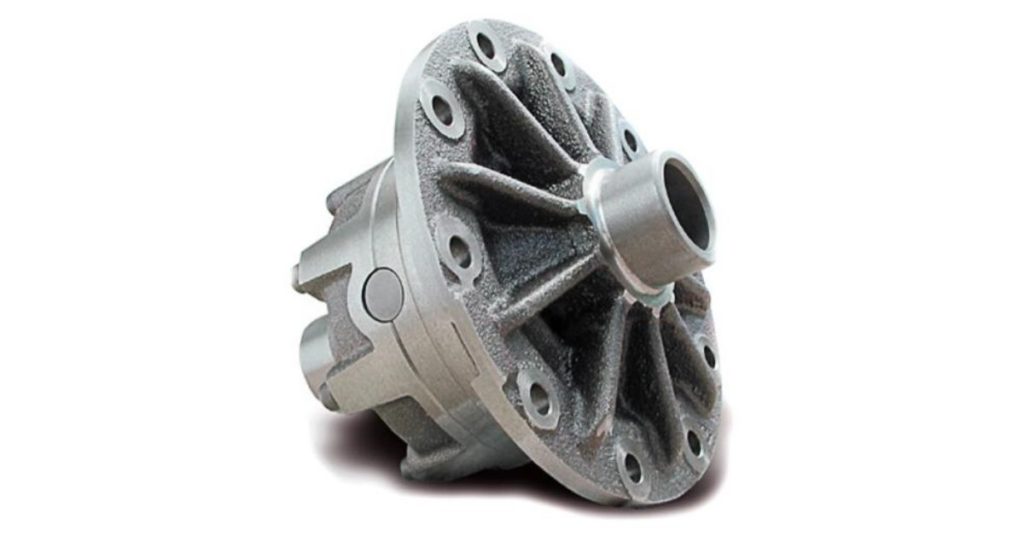
A locker that is considered automatic must operate like a traditional differential while cornering, but it should engage automatically when power is utilized.
The Detroit Locker is likely the best known and most widely used automatic locker type, although many others are built using the same design.
These include the Yukon Grizzly Locker, the PowerTrax Lock-Right, the USA Standard Gear Spartan Locker, and the Aussie Locker.
- The lockers are simple yet strong. They also have no cables, lines, or wires
- Once you get acclimated to driving with it on, you will hardly notice any difference in street handling
- They are easier to steer off-road because differentiation is permitted
- Certain brands are known to produce loud pops and bangs because when you are driving, the locker is continuously locking and unlocking
- This consistent locking and unlocking may create weird handling traits that are very evident in vehicles with short wheelbases
Drop-in lockers
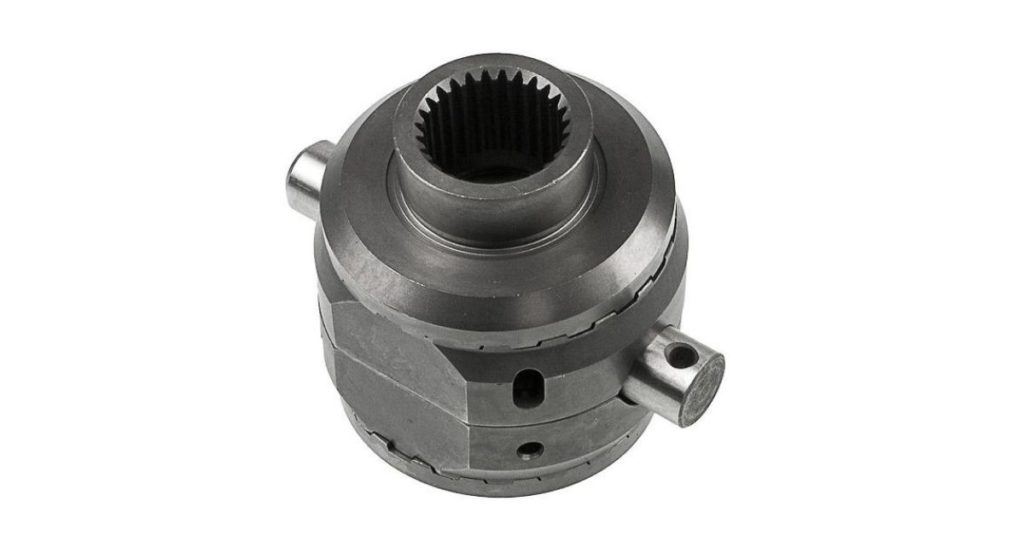
These automatic lockers sit in place of the spider gears, usually found in an open differential carrier.
If your vehicle doesn’t have a limited-slip but instead has an open carrier, no carrier change or gear ratio is generally needed for installation. One of the most popular types of drop-in lockers is the Lock-Right.
- Very user-friendly installation
- Lightweight
- Inexpensive
- Known to be noisy
- They may create the same type of weird driving traits as you can find with the full-carrier automatic lockers
Limited slip differentials
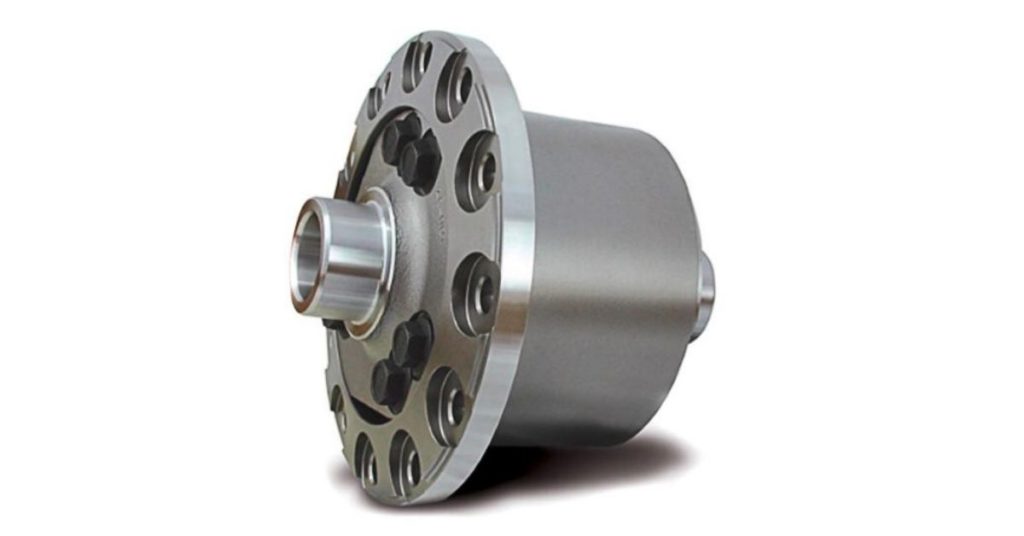
Limited slip differentials use a clutch or gear engagement system to keep the wheels turning at the same speed when torque is applied.
Certain types may work much like lockers in loose ground environments, but you notice the limitations once you are in an intense wheeling situation.
Similar to the issues you would find with an open differential – there are interior thresholds that prevent limited slips from locking up completely.
Two of the best-known limited slips are the Auburn Gear Positraction and the Eaton TrueTrac.
- They are usually cheaper than lockers
- They delay slipping quite efficiently in challenging terrain
- They are less effective than lockers
- Occasionally, the wheels rotate too slowly for the lock to engage
- Each turn causes the clutches to rub together, forcing them to wear down more rapidly and become less efficient
Torsen differentials
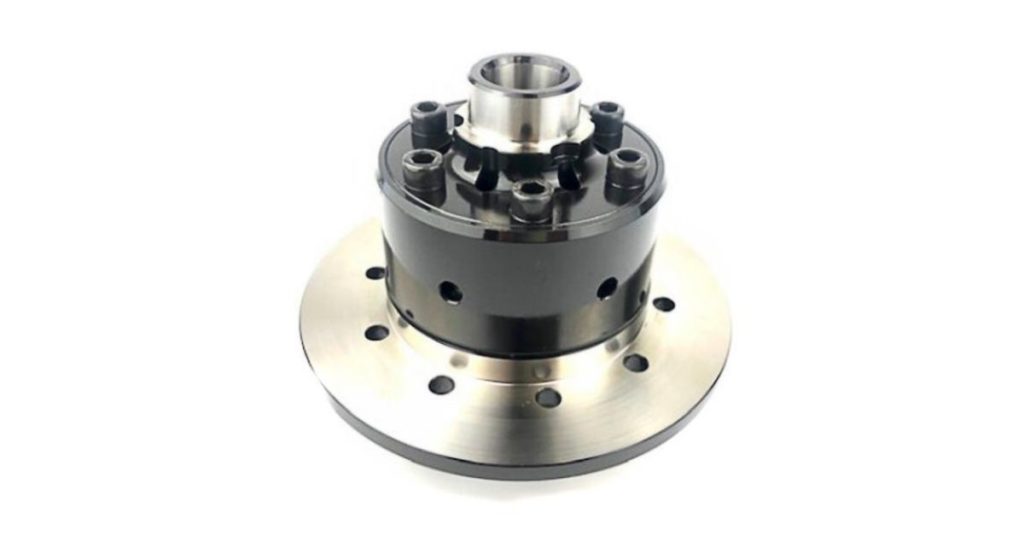
The Torsen style of limited differentials works slightly differently.
Once torque is applied, the spur gears affixed to the differential carrier turn a worm gear on the shaft of each axle.
As the vehicle moves into a turn, the axle shafts revolve at varying speeds.
Another set of side gears is attached to the spur gears; the purpose is to secure them together in a 1:1 ratio restricting the variation in the speed between the two tires.
Put into simple terms, what this means is that even if one tire is spinning on a surface, the remaining tire is made to turn and propel the vehicle forward because the ratio is locked.
- Newer versions feature smoother operation, thanks to using worm wheels instead of worm gears
- No friction additives or modifiers are required because they are designed for use with conventional gear oil
- Direction specific, meaning that reverse rotation components are required for reverse rotation functions
- When a tire is up in the air during a zero traction situation, the lack of differentiating force prevents the automatic transfer of power to the tire on the ground
There are several different options for differentials used in off-roading situations. What is the correct one for you may not be right for someone else.
It could also take some trial and error to discover what works best for the specific conditions you plan to engage in.
- Tips and tricks For Setting Up Camp Like a Pro - September 11, 2023
- The Best Multi-Tools for Overlanding Adventures - August 25, 2023
- Off-Road Navigation Tips for Overlanders - August 13, 2023


